Title: Ludwig Wittgenstein

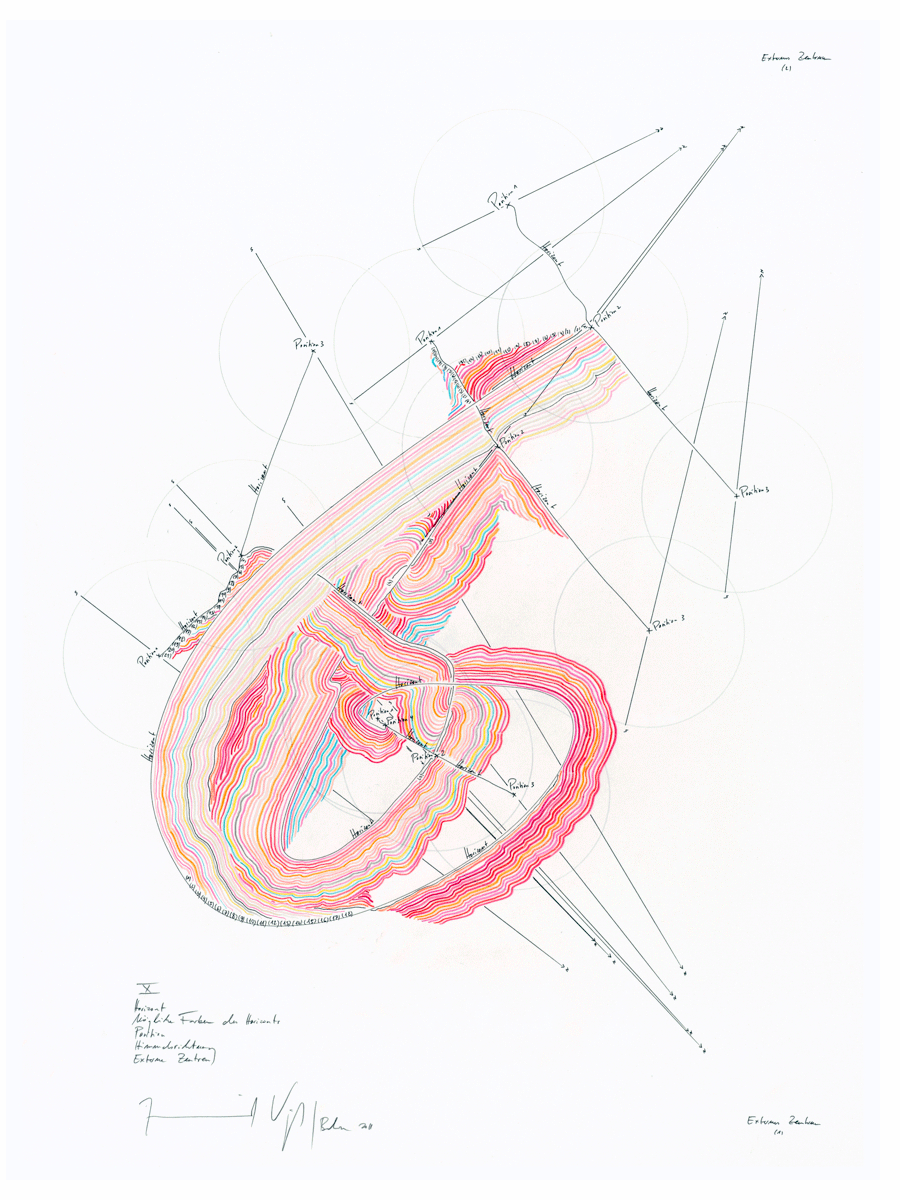
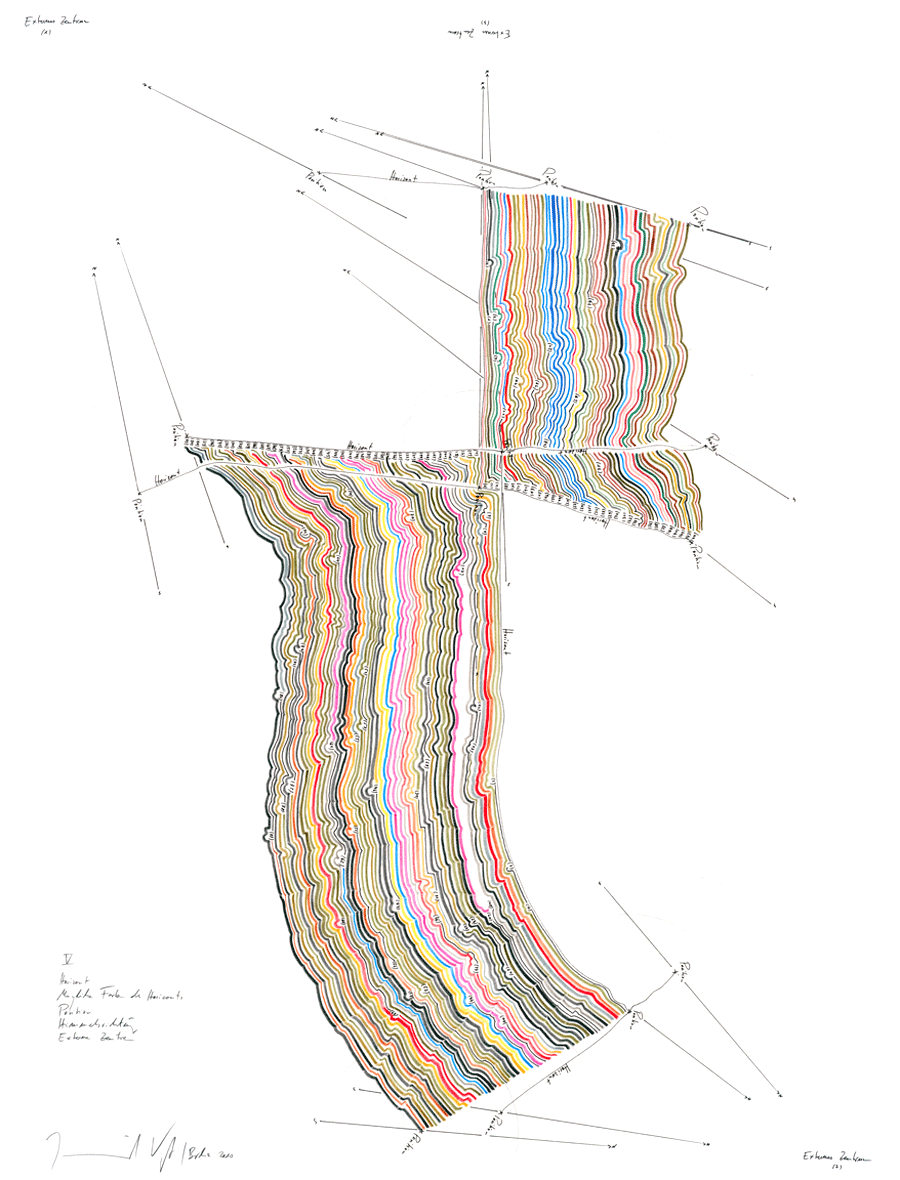
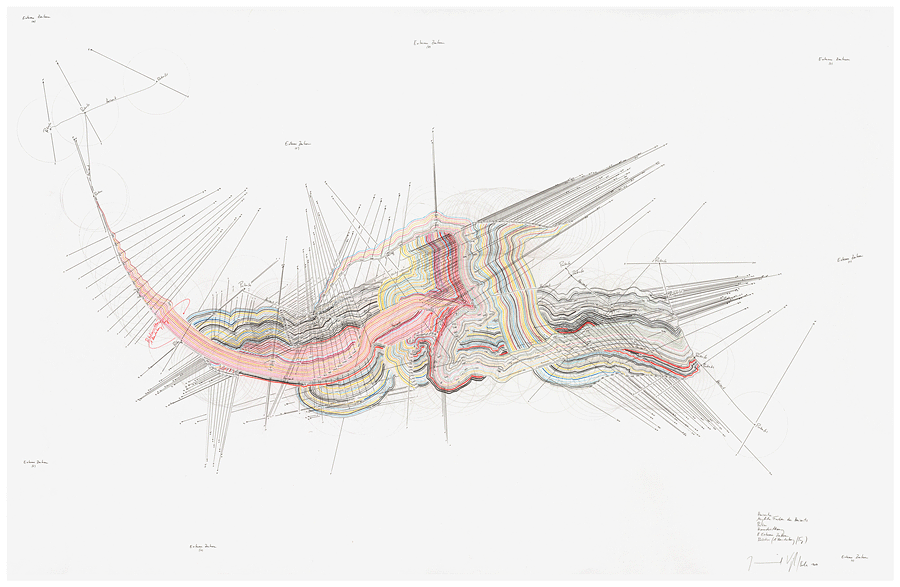
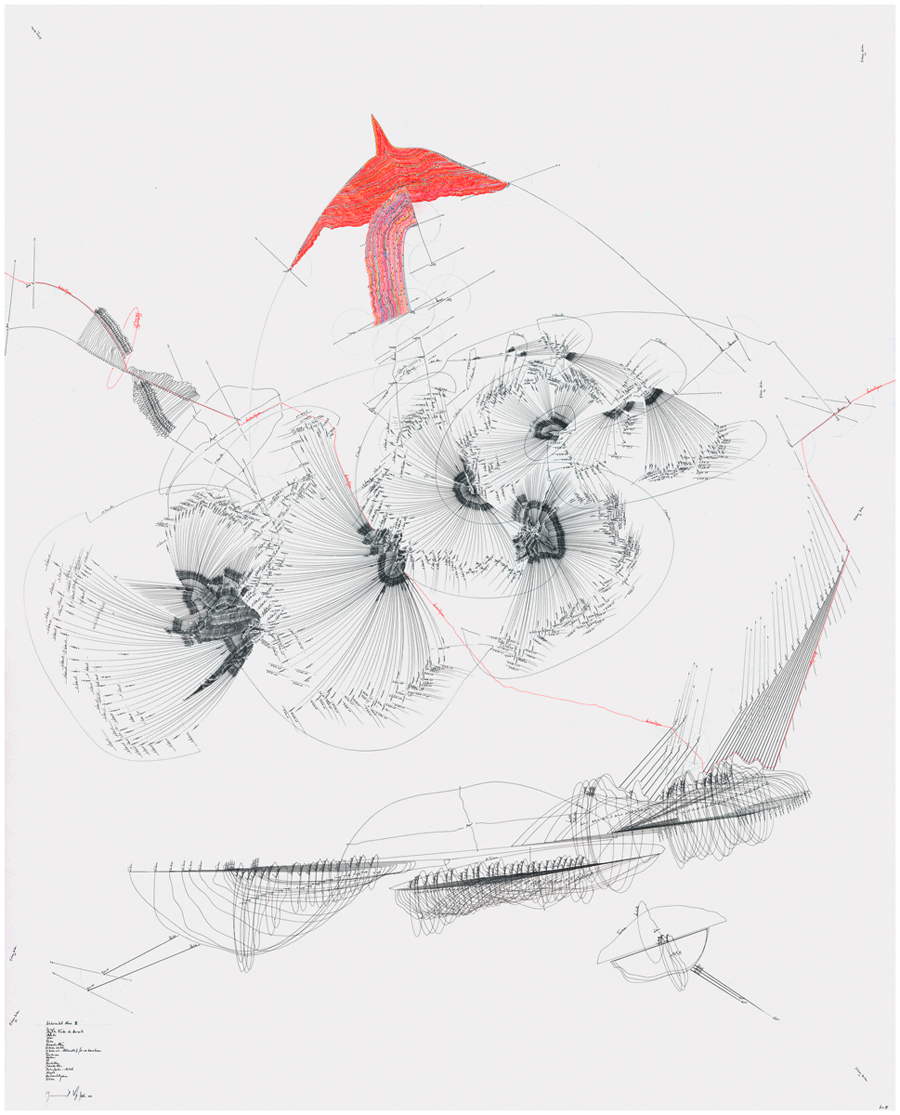
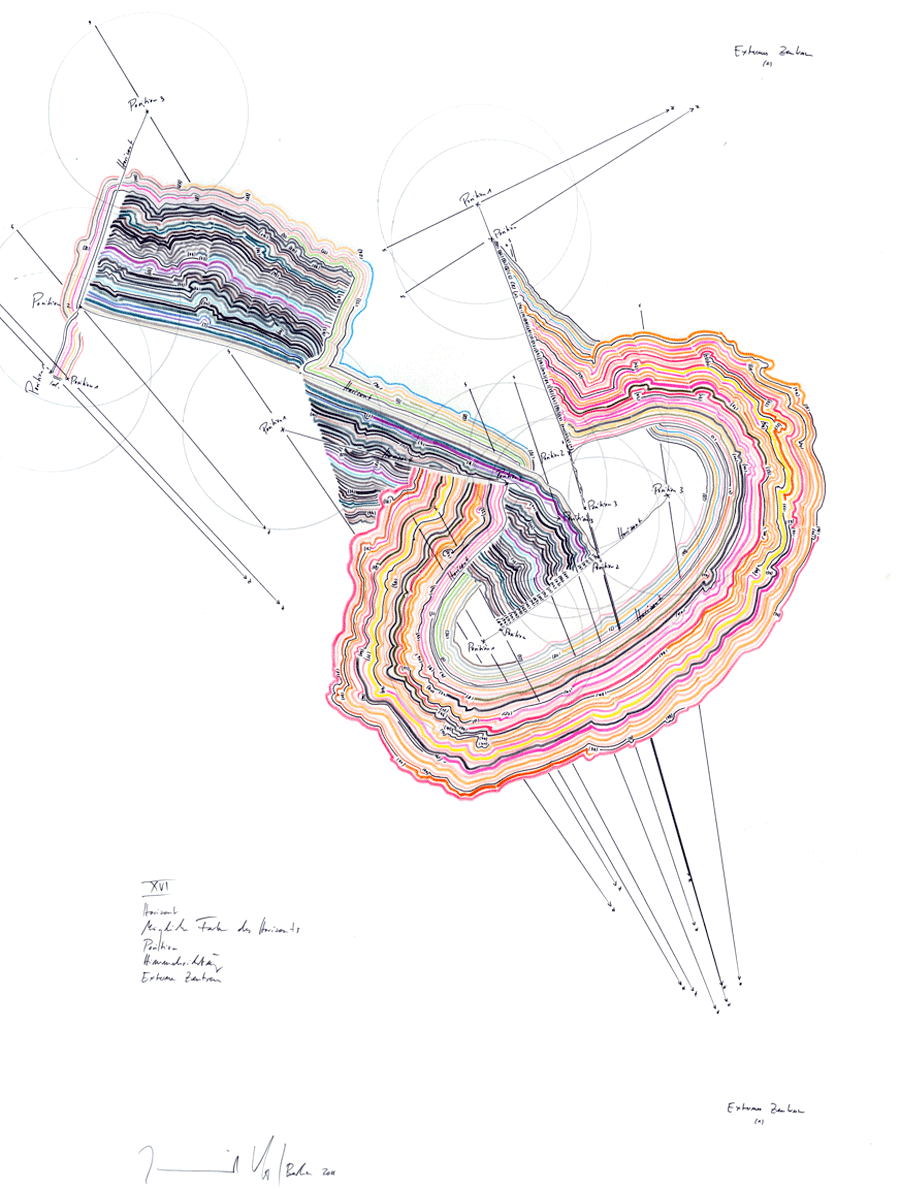
1 — The world is everything that is the case.
2 — What is the case, the fact, is the existence of atomic facts
2.01 — An atomic fact is a combination of objects (entities, things)
2.013 — Every thing is, as it were, in a space of possible atomic facts. I can think of this space as empty, but not of the thing without the space.
2.032 — The way in which objects hang together in the atomic fact is the structure of the atomic fact.
(Wittgenstein, Tractatus logico-philosophicus (1921), transl. by C.K. Ogden)
Via jorindevoigt.com
See also